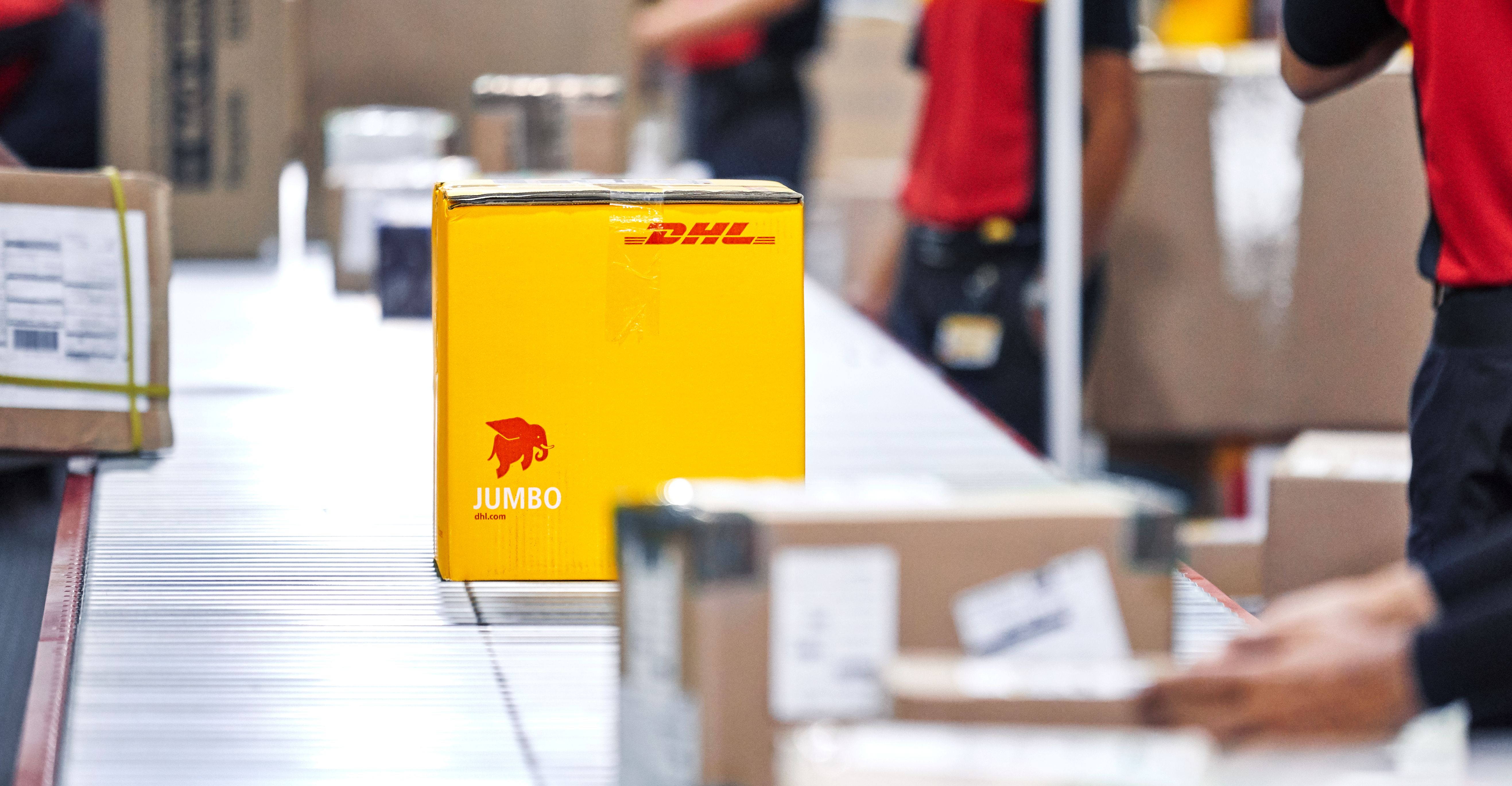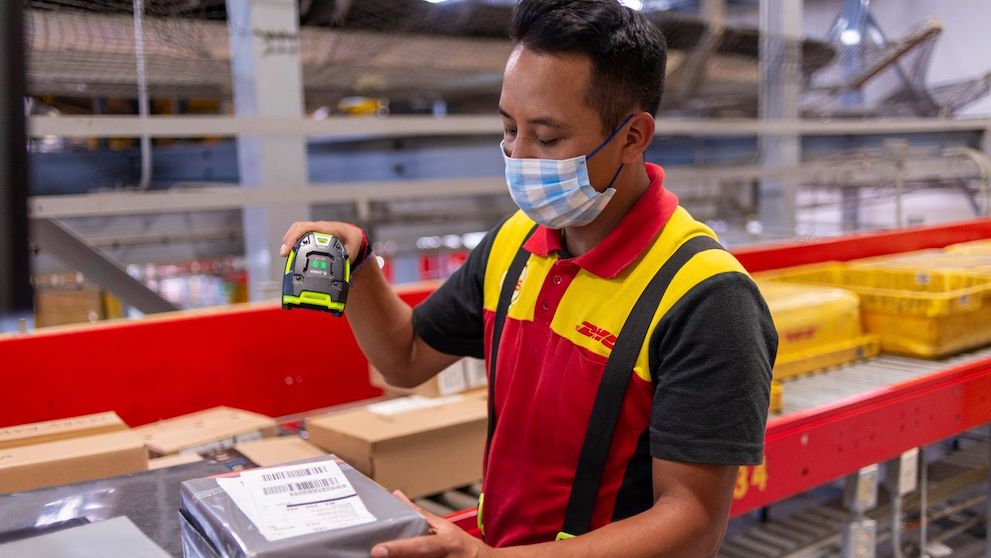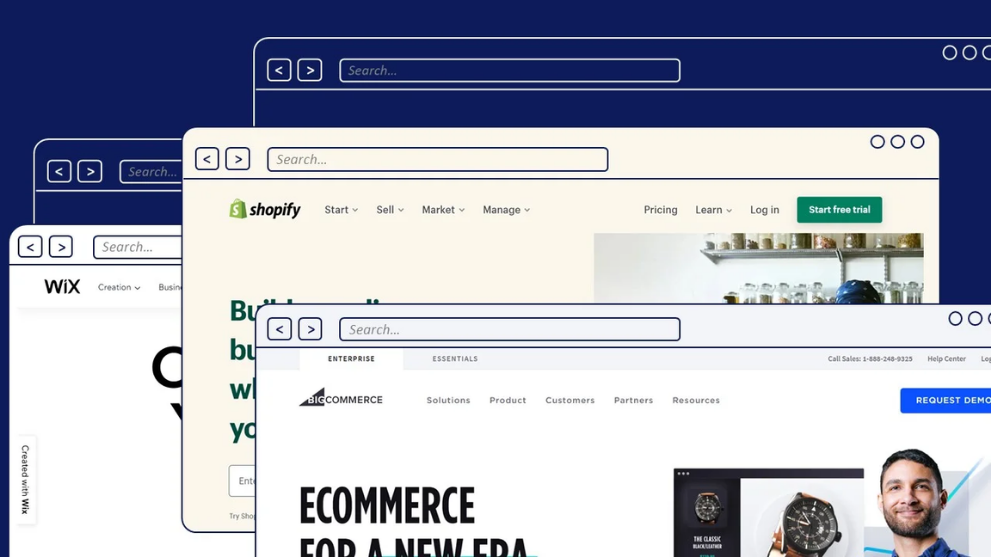
How to take your e-commerce business global
While the Malaysian e-commerce market is still optimistically projected to reach US$11.65 billion in 2023 with an expected CAGR of 14.24% between 2023 to 2027, sticking to a strictly local business strategy means losing out on potential millions in untapped consumer potential.
According to Statista, the regional e-commerce market in Asia is projected to reach US$2,139 billion in 2023, with an expected CAGR of 6.86% between 2023 to 2027. As impressive as these numbers are, they are dwarfed by the same statistics on a worldwide scale, with global e-commerce revenue expected to reach US$4.48 trillion by 2023 and with an estimated CAGR of 9.3% between 2023 to 2027.
If you are a e-commerce business owner or entrepreneur in Malaysia who has yet to expand into the international market, the question is simple: What are you waiting for?
The growth of e-commerce platforms and increasing familiarity of consumers with online shopping means you’re more likely to succeed in going global today compared to several decades ago – so long as you do your due diligence and craft a global e-commerce strategy that suits your business objectives.
Unsure where to start? Read on for our tips on growing your e-commerce business and how to expand your e-commerce business globally.
1. Consider and research your target audience
Before expanding your business overseas, it’s key to ensure that you target the right audience to sell to. Find out what products or services are in demand in the country or region you’re targeting, and identify existing and upcoming competitors in that space. Conversely if you’ve noticed your existing e-commerce products are already an unexpected hit with an international demographic, do your research on expanding into their respective markets and identify how others in the same sphere are pricing, marketing, and branding their products.
2. Settle the necessary logistics and operations
Once you’ve decided on your target audience and market, you’ll need to put in the groundwork to get your overseas business started. While running an international e-commerce business means you won’t have to account for costs associated with setting up brick-and-mortar stores, there are still some key considerations to keep in mind to ensure your global expansion goes smoothly. This includes:
- Choice of e-commerce platform: Shopify, Magento, WooCommerce – which e-commerce platform has features that suit your business best? What about online marketplaces like Amazon or Shopee? How do these platforms factor into your target audience’s buying habits?
- Creating a global e-commerce website or app: Does your target audience have a preference for mobile shopping compared to using a desktop, and how does that affect your business strategy? Is your global e-commerce website optimised with the right languages and branding to target overseas customers?
- Selecting the right payment methods: Are you able to provide conventional online payment methods such as credit cards and PayPal? What about non-traditional payment methods such as Buy Now Pay Later platforms, or e-wallets (e.g. Apple Pay, Google Pay)? Have you considered using localised payment methods that might be the most convenient option available for your potential customers?
3. Formulate and localise your marketing and branding
While the two steps listed above are important for identifying and reaching out to your target audience, localising your content will be what helps you retain customers in the long run. Whether it’s your product offerings or e-commerce website, localisation and customisation are key to targeting specific audience behaviours and ensuring you can worm your way into a competitive market. Your marketing and branding strategies should consider local events, news, traditions, languages, taboos, and more in order to ensure you can successfully connect with customers and build their loyalty to your brand and product.
4. Choose dependable local and global partners to work with

Partnering with the right people – whether for marketing, advertising, community engagement, or logistics – can also make or break the launch of your global business. Working with international leaders in logistics and shipping is especially key when expanding your e-commerce operations overseas, as it helps ensure that your products arrive at your customers’ homes smoothly and without worry or delay. Many global logistics companies also offer key features such as overseas warehouses, customs clearance, and flexible delivery to help ease the difficulty of operating cross border e-commerce.
With all of these tips in mind, you can confidently begin crafting an international e-commerce strategy that will help you effectively build your overseas business and expand your operations. Discover more resources for e-commerce business owners online including six common barriers to selling internationally, how to improve customer retention for international e-commerce businesses, and the top 10 tips for Malaysian SME’s shipping overseas.
















































